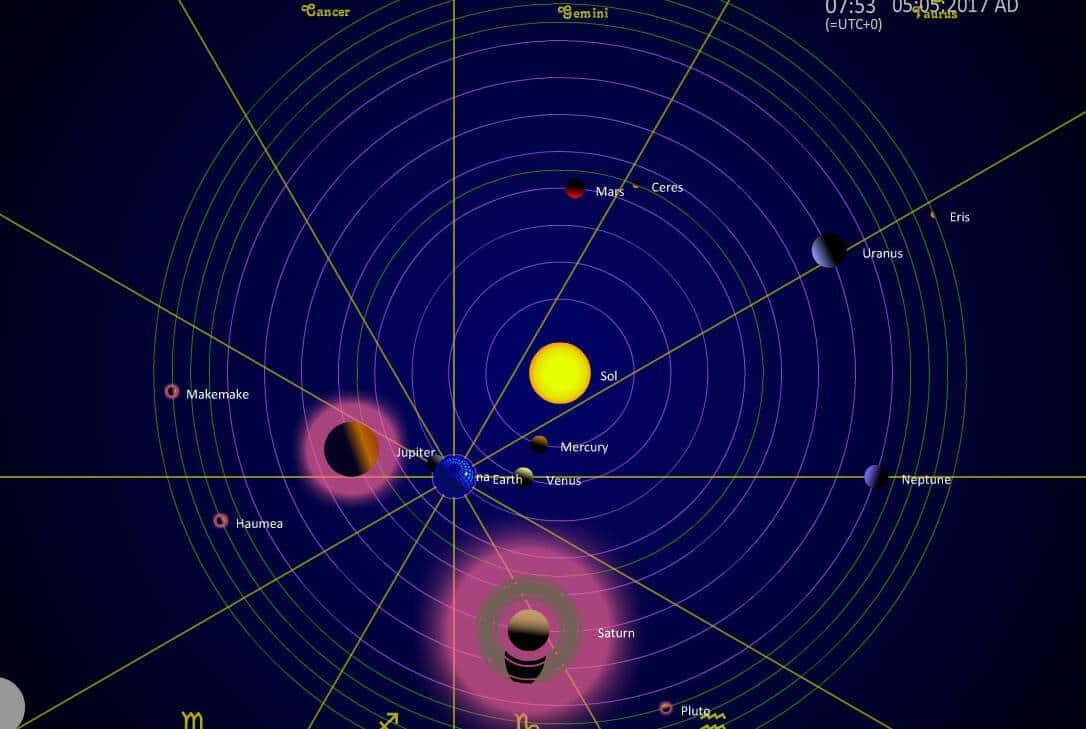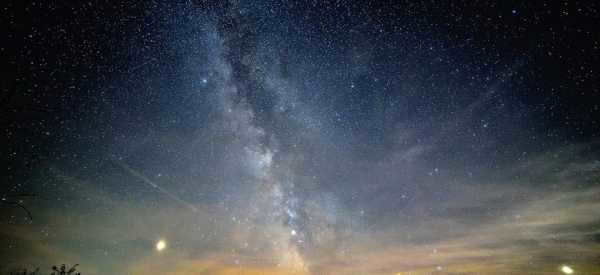
The arrangement of celestial objects in the atmosphere is not consistent as it undergoes constant changes. Consequently, individuals encounter challenges when it comes to locating celestial bodies. In this article, we will explore how to locate planets in the sky without the need for specific tools.
What to search for
To start with, it is necessary to determine the distinctions between a planet and a star. In general, a planet appears brighter and has a closer proximity to Earth. In the sky, it is perceived as a disk rather than a dot. When it comes to finding planets in the sky, it is important to focus on locating bright planets, as dim bodies can be challenging to detect, even when they are near Earth. The search for Jupiter and Saturn poses fewer difficulties.
Considering the color scheme is also significant, as each planetary body has the ability to reflect sunlight within a specific spectrum:
- Venus appears as a disk and has a silvery hue;
- Mercury shimmers and is characterized by a bright yellow color;
- Mars appears as a red object to Earth observers;
- Saturn has a light yellow color;
- Jupiter is a white planet and it is the second brightest.
Where to look for planets
When studying how to locate planets in the sky, it is important to choose the right location for your search. It is recommended to go outside of the city or find an open space within the city that is free of trees and tall buildings. Additionally, make sure that the night city lights do not interfere with your view and that the sky is clear of clouds. Start by focusing your attention on the right side of the sky, as this is where the majority of constellations can be found.
When to Look for a Specific Time
One important factor to consider is the duration of a particular celestial body’s visibility. This refers to the period of time when the planet can be observed in the sky. It can range from a couple of weeks to several years. The exact dates can be found in a specialized astronomical catalog.
Some planets can be seen during dawn and dusk, while others are more visible during the night if the sky is dark. By taking into account the time of year and the periods of visibility, you can determine the best nights to observe a specific planet. Here are some guidelines:
- Mercury is visible multiple times throughout the year, particularly in late spring, early fall, and late and early winter;
- Mars is easily spotted in the morning sky between mid-April and July 29, becoming brighter as time goes on;
- Jupiter can be easily seen in the early part of the year until late spring;
- Saturn is visible during sunset from mid-spring until August.
Now you know how to locate the planets in the sky. Make sure to dress warmly if you want to observe them during the cold season.
Summary
In summary, we have covered the planets of the solar system and their locations and visibility. However, it can be challenging for someone without prior knowledge to navigate through this information. Therefore, it is recommended to use computer programs or smartphone applications to easily find the desired information and appreciate the beauty of the night sky.
Venus, the second planet in the solar system, is known for its brightness comparable to the Sun and its status as Earth’s satellite. It can be observed with or without specialized equipment and is visible both during the day and at night.
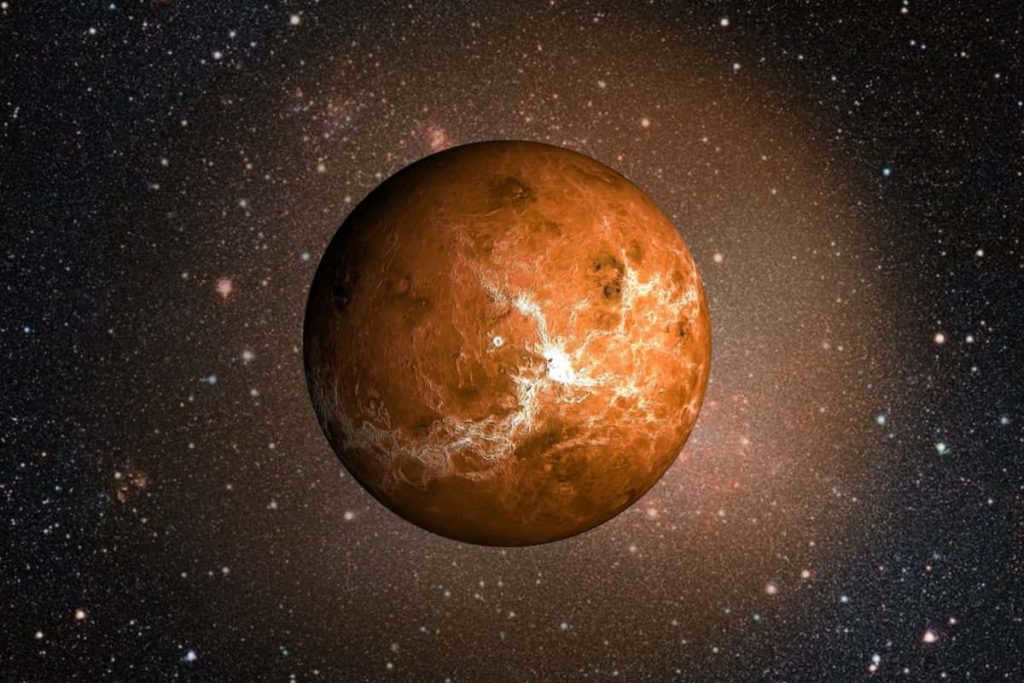
Essential Equipment
Prior to observing Venus, an individual must first establish the ecliptic line – the path of the Sun’s disk as it moves across the sky. This trajectory changes throughout the year.
Closest to the Earth’s surface just before the winter solstice, it rises high above it just before the summer solstice. Venus is easily visible as it moves at a small distance from the Sun, specifically 3 hours and 8 minutes.
To accurately determine the precise location of the object being studied, a planetarium program is utilized. By using a telescope with an autotracking system, it is possible to view the planet and its surface, rather than just a mere speck of light. It is recommended to install an off-axis mask or a specialized planetary filter onto the telescope.
To ensure safety, it is important to cover the solar disk when observing the planet. It is crucial to prevent any reflection of the solar disk in the optical finder and eyepiece of the telescope, as it can be hazardous to vision.
When is the best time to observe Venus?
Venus rotates around the Sun at a faster pace than the Earth, completing its rotation in 225 days. This results in it being visible twice a day – in the morning and evening. The angle between Venus and the solar disk does not exceed 47°.
Observation of Venus is possible when it deviates from the Sun by at least 5°. Considering the viewing angle of moving celestial bodies from Earth is 15°, the optimal periods for research are when the object is:
To observe the morning phenomenon, one can simply look towards the east, whereas the evening phenomenon becomes visible when gazing towards the west. At the North Pole, during the spring season, one can enjoy an uninterrupted view of the pale blue planet until midnight, with excellent visibility lasting for an entire month. According to experts in the field of astronomy, it is more favorable to observe Venus during the morning hours.
How can one locate Venus with the unaided eye during the daytime?
Locating this celestial entity is a relatively simple task during its elongation phase, as Venus is farther away from the Sun than usual. However, the glare from the sun during daylight hours can make observation challenging.
To enhance visibility, it is advisable to position oneself near a tall building, tree, or any other object that can shield the luminosity. Before commencing the search, it is crucial to accurately determine the planet’s coordinates. If the atmosphere remains sufficiently clear during the observation period, it can greatly facilitate the search.
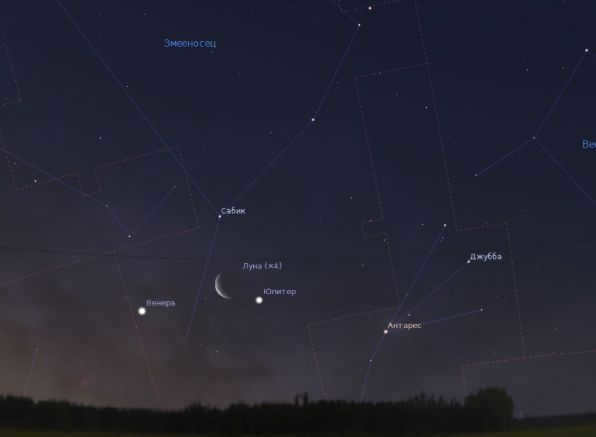
Spotting Venus during daylight is a challenging task since it easily blends in with the atmosphere. However, there is a secret technique: one must first cast their gaze far beyond the horizon and then swiftly redirect their attention to the specific spot in the sky where Venus is expected to be.
Thanks to the eye’s ability to maintain focus for extended periods when looking into the distance, Venus, much like the stars, becomes more distinctly visible.
Observing Venus with Binoculars
To observe Venus during daylight hours, one can use binoculars as long as the visible diameter of its disk reaches 40″. However, it is important to follow safety precautions and make sure that the sun’s rays do not enter the lens. It is recommended to use large astronomical binoculars for this purpose.
When trying to locate Venus, it is helpful to look for it in close proximity to the Moon. The Moon is easily visible in a clear sky, making it a useful guide in the search for Venus.
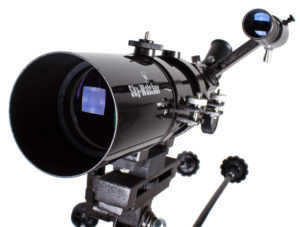
Using a telescope, Venus can be observed during the daytime throughout the year, except when it is near the Sun.
However, many hobbyists prefer to observe the “star” in the nighttime sky. A polarizing filter can help reduce errors in this case.
To locate the celestial body, alignment is necessary. By aligning the telescope with the solar disk and using setting circles, the exact coordinates of the object can be determined.
An appropriate eyepiece should be used to complete the search.
The observed disk of Venus can be magnified. At the lower conjunction of the planet, it appears as a thin crescent.
Unusual observations of Venus
Scientists are currently interested in the unusual phenomena that can be observed when looking at Venus. Some of these anomalies include:
- Irregular contours that appear against a backdrop of contrasting light and dark. In this case, the appearance of the Venusian disk resembles a slice of cheese.
- The Schroeter effect, which is a late manifestation of the dichotomy phase and does not align with previous calculations.
- An ashy hue that appears at the crescent of Venus when the remaining unlit portion glows.
Light spots have been periodically appearing on the planet, with frequent sightings on its southern hemisphere.
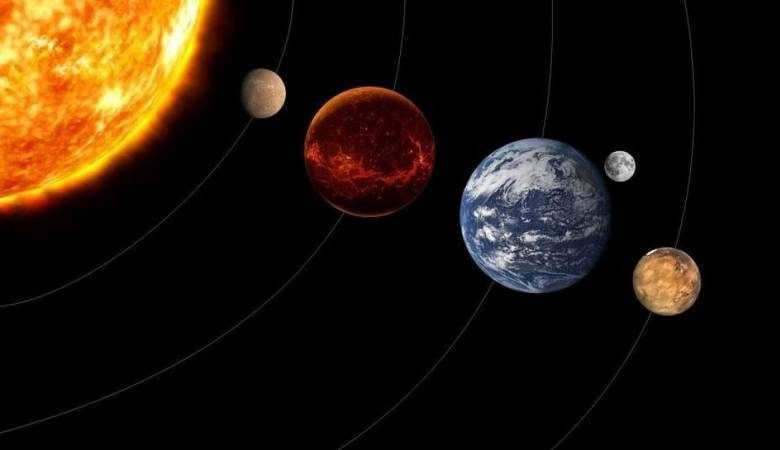

An extraordinary display of planets can be witnessed by anyone on March 28, 2023. On this particular day, a lineup of five planets will converge in a single row. It is an exceedingly rare occurrence to witness the proximity of these well-known celestial bodies, as reported by FTimes.ru. If you have yet to behold such a captivating natural phenomenon, this will be your chance to do so.
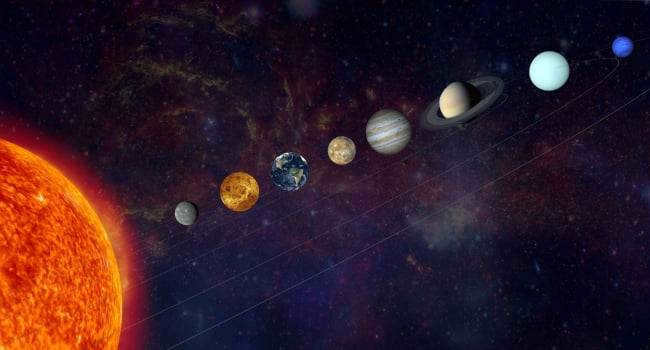
Describing the alignment of planets as a rare phenomenon would be inaccurate. However, it is more common to witness parades consisting of 2 or 3 planets aligned in a line. In February 2023, stargazers were treated to a splendid spectacle of Venus, Jupiter, and the Moon harmoniously grouped together. Yet, a parade featuring five planets is indeed a rare occurrence.
According to scientist Beta Biller from the University of Edinburgh, the last time such a parade was visible to the naked eye was in 2016, 2020, and 2022. In case you miss this extraordinary event, don’t fret! In April, there will be another opportunity to witness a planetary parade, albeit with only 4 planets.
When and where to witness the procession of five planets
Mark your calendars for the evening of March 28, 2023, because a one-of-a-kind spectacle awaits – a magnificent procession of five planets aligning in perfect harmony. The best time to catch a glimpse of this celestial event is after sunset, but keep in mind that not all five planets will be visible. If you cast your gaze towards the horizon, Mercury and Jupiter will be the stars of the show, shining brightly. Just above them, you’ll find Venus, adding to the beauty of this cosmic parade.
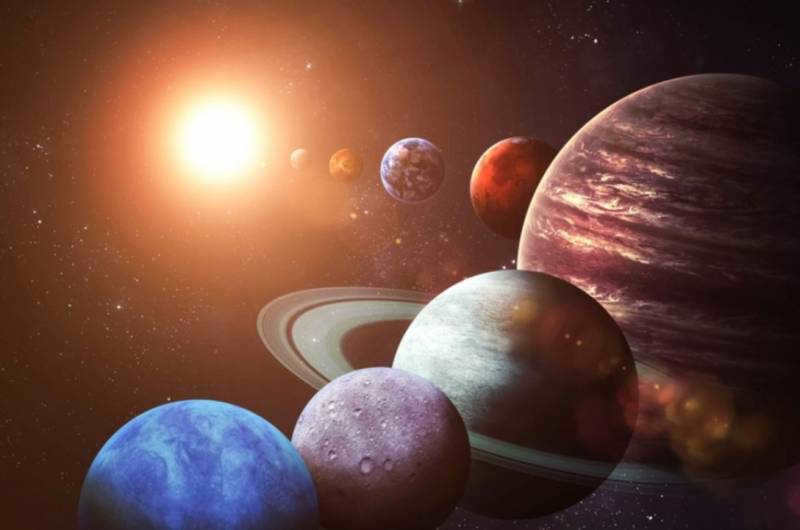

Furthermore, if you equip yourself with binoculars, you will have the opportunity to witness the radiance of Uranus just above Venus. In close proximity to Earth’s natural satellite, Mars will be situated.
The inhabitants of our planet will have the chance to closely observe Venus and Jupiter. These two planets can be observed with the naked eye, but spotting Uranus will prove to be quite challenging, as it requires the aid of a telescope. As for Mercury and Venus, they will be visible under clear weather conditions.
What to Expect During the Unprecedented Planetary Parade on March 28
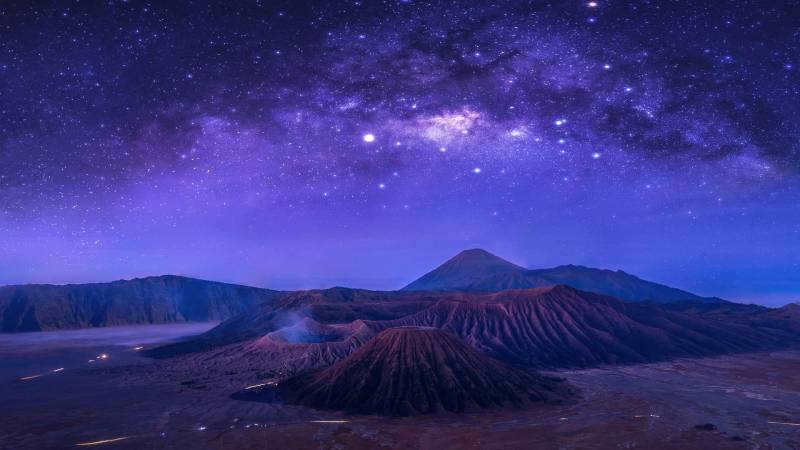
Everyone knows that Venus is associated with beauty and love, while Jupiter is known for bringing luck and financial prosperity. When these two planets align, it often signifies a period of happiness and positive experiences. It’s possible that significant changes are on the horizon, so be prepared. This alignment is especially beneficial for creative individuals who have been struggling to find their true passion.
Furthermore, the combination of Jupiter and Venus will also bring positive changes in education, career, and personal relationships. It’s possible that those who have been feeling lonely will finally meet their soulmate. If you’ve been dealing with unresolved issues at work, now is the time to let go and move forward. Stay optimistic and never give up, and you will surely achieve success.
August is the month when we can witness the famous Perseid stargazing, Saturn’s opposition, and the blue super moon of 2023.
Important anniversaries in August 2023:
75 years since the birth of Svetlana Evgenievna Savitskaya.
90 years since the launch of the first Soviet rocket (GIRD 09) with hybrid fuel.
140 years since the birth of Leonid Alekseevich Kulik.
20 years since the launch of the Spitzer space telescope.
65 years since Sergey Konstantinovich Krikalev.
Perseids – the mesmerizing summer starfall!
The meteor stream from the constellation Perseus is active throughout August. The peak of the stream will be on August 11-13, with an estimated 100 meteors per hour at the zenith. The conditions for observing the Perseids in 2023 are favorable as the Moon is approaching the new moon (16.08.2023) and will not interfere with meteor observation.
On August 13, the planet Venus will be in a closer position to the Sun.
On August 27, there will be an opposition between the Sun and the planet Saturn.
In August 2023, there will be a great opportunity to observe the massive planets Jupiter and Saturn.
IMPORTANT DATES AND EVENTS IN ASTRONOMY AND ASTRONAUTICS FOR AUGUST 2023:
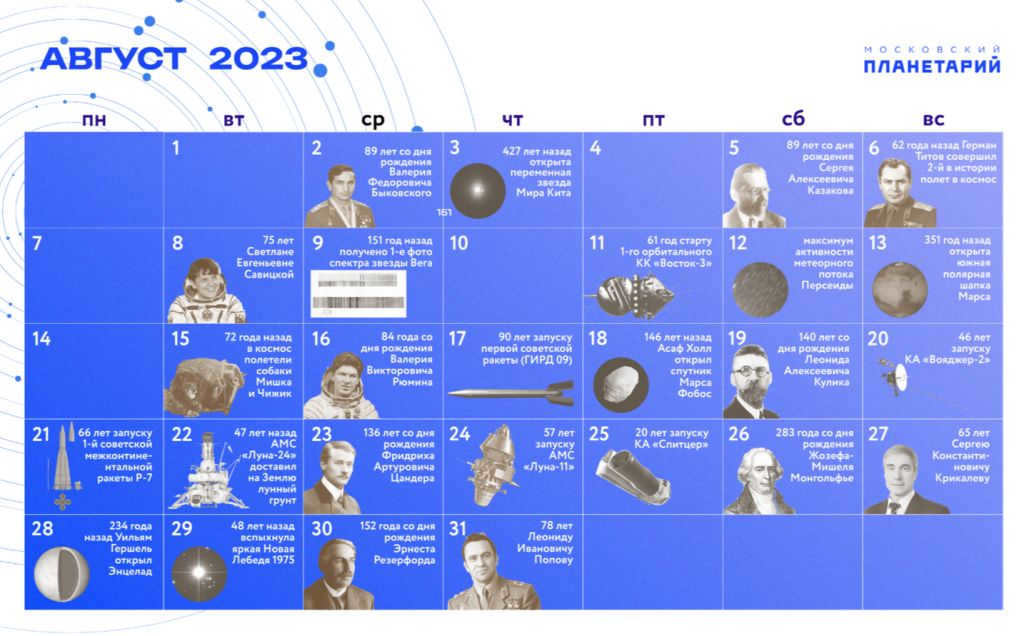
AUGUST 2023 ASTRONOMICAL CELESTIAL CALENDAR
The calendar provides the Irkutsk time in the overview. Tirk = UT + 8h (where UT stands for Universal Time).
The Moon is currently at phase F (0.0+-): F = 0.00(new moon), F = 0.50+(first quarter), 1.00(full moon), F = 0.50-(last quarter); for stars – their stellar magnitude (+-0.0m)
AUGUST STARRY SKY
The constellation Cepheus can be found in the area of the sky known as the zenith, positioned to the east of it is Cassiopeia, and situated below it is Perseus.
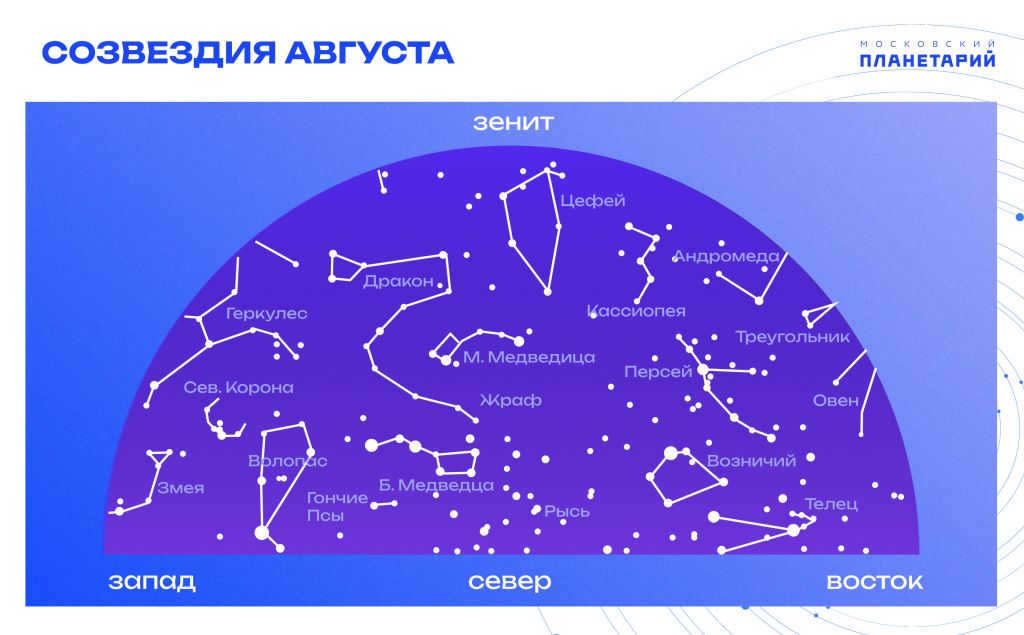
Located in the northeastern region of the sky, we can find the stunning constellations of Cassiopeia, Perseus, and the Ascendant, with Taurus visible near the horizon.
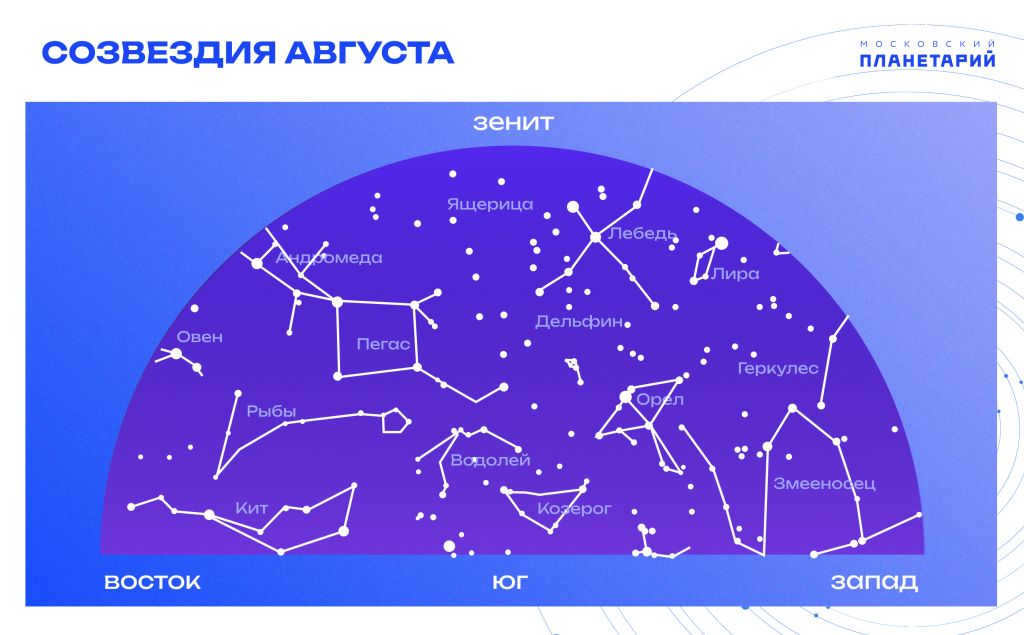
The Summer Triangle, consisting of the bright stars Vega, Deneb, and Altair, dominates the southern part of the sky. These stars are the main highlights of the Lyra, Swan, and Eagle constellations, with the Serpentine constellation visible near the horizon. Additionally, the Arrow, Fox, and Dolphin constellations can be observed in this part of the sky. Towards the horizon, the southern constellations Sagittarius and Capricorn come into view. Moving towards the southeastern region, Andromeda and Pegasus can be seen at a high altitude, with Pisces and Whale closer to the horizon. To the west of the zenith, the Dragon, Hercules, and Serpentor constellations can be observed. The Milky Way stretches from the south to the northeast, passing near the zenith.
In August, the night sky will be adorned with the traditional August stargazing event known as the Perseids, which are a meteor shower that occurs from July 14 to September 1 and reaches its peak on the night of August 11-12.
The Perseids are created as the Earth passes through a cloud of dust particles released by the comet 109/Swift-Tuttle, which is the originator of this meteor shower. The comet’s perihelion, or closest point to the Sun, is near the Earth’s orbit. It takes the comet 135 years to complete one orbit around the Sun, and the last time it came close to us was in 1992. However, every August, the Earth passes through the cloud of cosmic dust and ice that the comet left behind. These tiny particles, which are about the size of a grain of sand, burn up in the Earth’s atmosphere and create bright streaks, resembling a “rain of stars”. The meteor shower starts off with the highest intensity and gradually becomes weaker over time.
The Perseid meteor shower takes place in the constellation Perseus, which is the radiant (the area of the sky where meteors appear to originate). In mid-August, during the peak of the shower, it can be seen at the border of the constellations Perseus, Giraffe, and Cassiopeia.
After the sun sets, the Perseids radiant is positioned above the northeastern horizon. As the night progresses and it approaches midnight and dawn, it climbs higher in the sky, reaching its zenith.
The ideal time to observe the Perseid meteor shower is between midnight and dawn.
Typically, an increased amount of meteor activity is observed in the week before and after the peak date of the Perseids (August 5 through August 20), so, weather permitting, Perseid meteors can be seen over the northeastern horizon throughout August. However, the highest number of meteors is seen on the nights of August 10 through August 13.
The Perseids are bright white meteors that streak across the sky. They travel at a high speed of about 60 km/sec. Some particularly bright meteors, known as bolides, can have a glow that lasts several seconds. Many shooting stars can be seen on the night of August. Meteors are evenly distributed across the sky, so you can look in any direction to see them.
The conditions for observing the Perseids in 2023 are expected to be favorable. The night of the maximum meteor activity will not be hindered by the presence of the Moon, as it will be close to the new moon phase on August 16, 2023. According to the International Meteor Organization, there is an anticipated rate of up to 100 meteors per hour, or 1-2 meteors per minute. For optimal viewing, it is recommended to have clear weather conditions and minimal light pollution from nearby cities.
The Sun will be in the constellation Cancer until August 11th, then it will move into the constellation Leo and remain there until the end of the month. The angle of the sunlight, compared to the first two months of summer, is decreasing more and more each day. As a result, the length of the day is also decreasing rapidly: from 15 hours and 34 minutes in early August to 13 hours and 44 minutes by the end of the mentioned period. These measurements are accurate for the latitude of Irkutsk, where the Sun’s altitude at noon will decrease from 55 degrees to 46 degrees over the course of a month.
August is a great time to observe the Sun. You can use a telescope, binoculars, or even just your naked eye (if the spots are big enough) to observe sunspots and other formations on the Sun’s surface.
It is important to note that the observation of the Sun through a telescope or other optical devices must always be done with the use of a solar filter.
This article was created using materials from the Moscow Planetarium website.
On Saturday, July 4th, a grand planetary parade will begin: six celestial bodies from the Solar System, including Earth, will align. And if you’re willing to put in the effort to wake up early or stay up all night, you’ll be able to see some of them with the naked eye while gazing at the starry sky. We’ll tell you what and how you can observe during this cosmic parade.
The Planetary Scale Parade
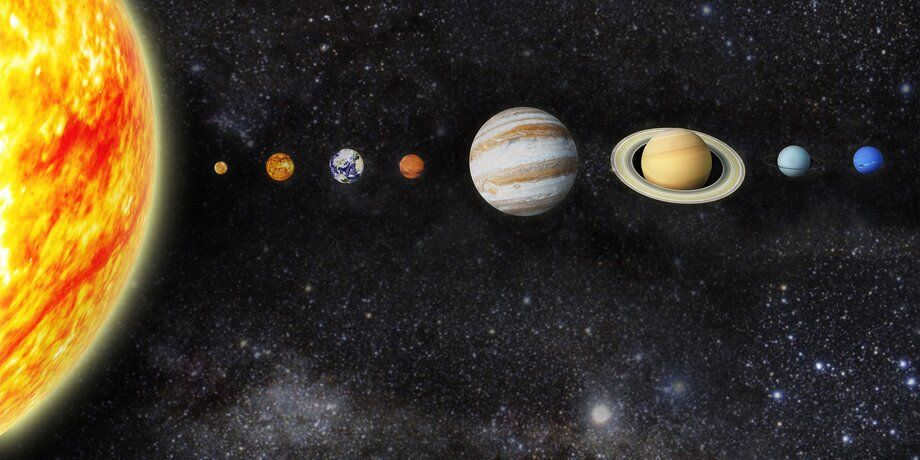
The Moscow Planetarium’s scientific director, Faina Rubleva, has revealed that on July 4, a grand procession of planets will commence, with six celestial bodies aligning in a single line from Mercury to Saturn. This rare configuration occurs once every twenty years, with more frequent variations occurring in between. Interestingly, this planetary parade is not a fleeting astronomical event, but rather a phenomenon that can last for several months.
“A planetary parade occurs when multiple planets align on the same side of the Sun. However, not all of them are visible to us. If we were able to venture far away from Earth and the solar system, observing it from a different angle, much like in a planetarium, all of the planets would be visible,” explained Rubleva to Moscow 24.
What to see and where to go
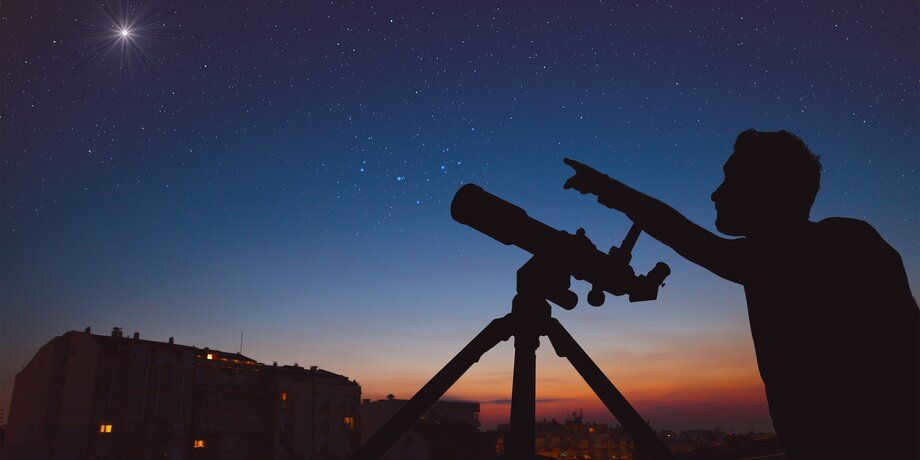
According to Rubleva, the planetary parade will be visible until mid-August, but only a handful of planets are visible to the naked eye. For instance, Mercury is not visible as it is “directly in line with the Sun and gets drowned out by its rays”. Venus can only be seen in the early morning, during twilight. Mars can be observed in the first half of the night, around 3 o’clock, and has a reddish hue.
On the other hand, Uranus and Neptune can only be seen through a telescope, as they are too far away. According to the astronomer, the brightest celestial bodies in the parade will be Jupiter and Saturn. The most spectacular view of Jupiter will be on July 14, when it enters opposition, and Saturn on July 21.
These planets can already be observed in the eastern and southeastern sky during clear weather. However, there may still be some nights with significant brightness hindering visibility. It is recommended to observe these planets during nighttime, when it is sufficiently dark, preferably away from urban areas.
The astronomer also suggests using binoculars or a telescope for a better viewing experience. Additionally, once the planetarium opens, it will provide another opportunity to observe these planets.
What impact does it have on the Earth?
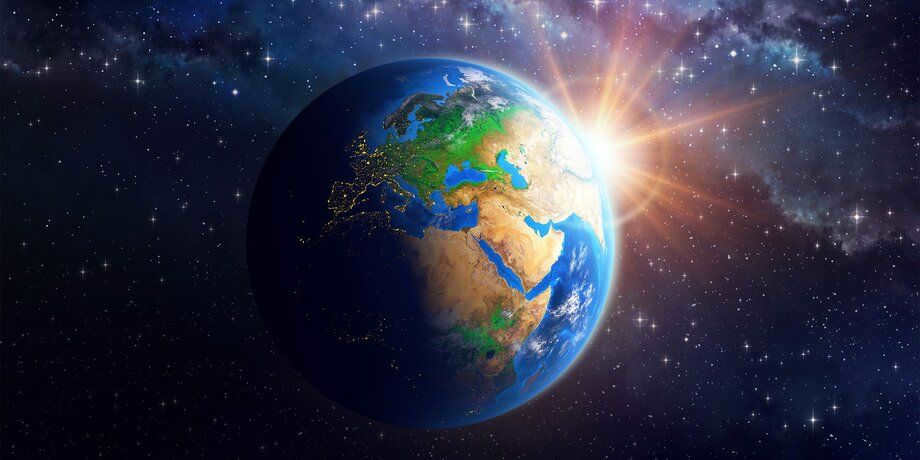
Photo: depositphotos/ titoOnz
The parade of planets does not have a significant impact on Earth, according to Dmitry Vibe, the head of the Department of Physics and Evolution of Stars at the Institute of Astronomy of the Russian Academy of Sciences.
“Gravitationally, our planet is only affected by two bodies – the Moon and the Sun. Other astronomical objects can align in various configurations, but Earth will not be affected in any way,” he stated.
Rubleva also mentioned that the other planets are too distant from Earth. While Jupiter has significant gravity, it primarily affects small bodies like its satellites and nearby asteroids.
“Even the combined gravity of the planets in this position has no effect on Earth. There will be no catastrophes on our planet as a result of this,” she concluded.

